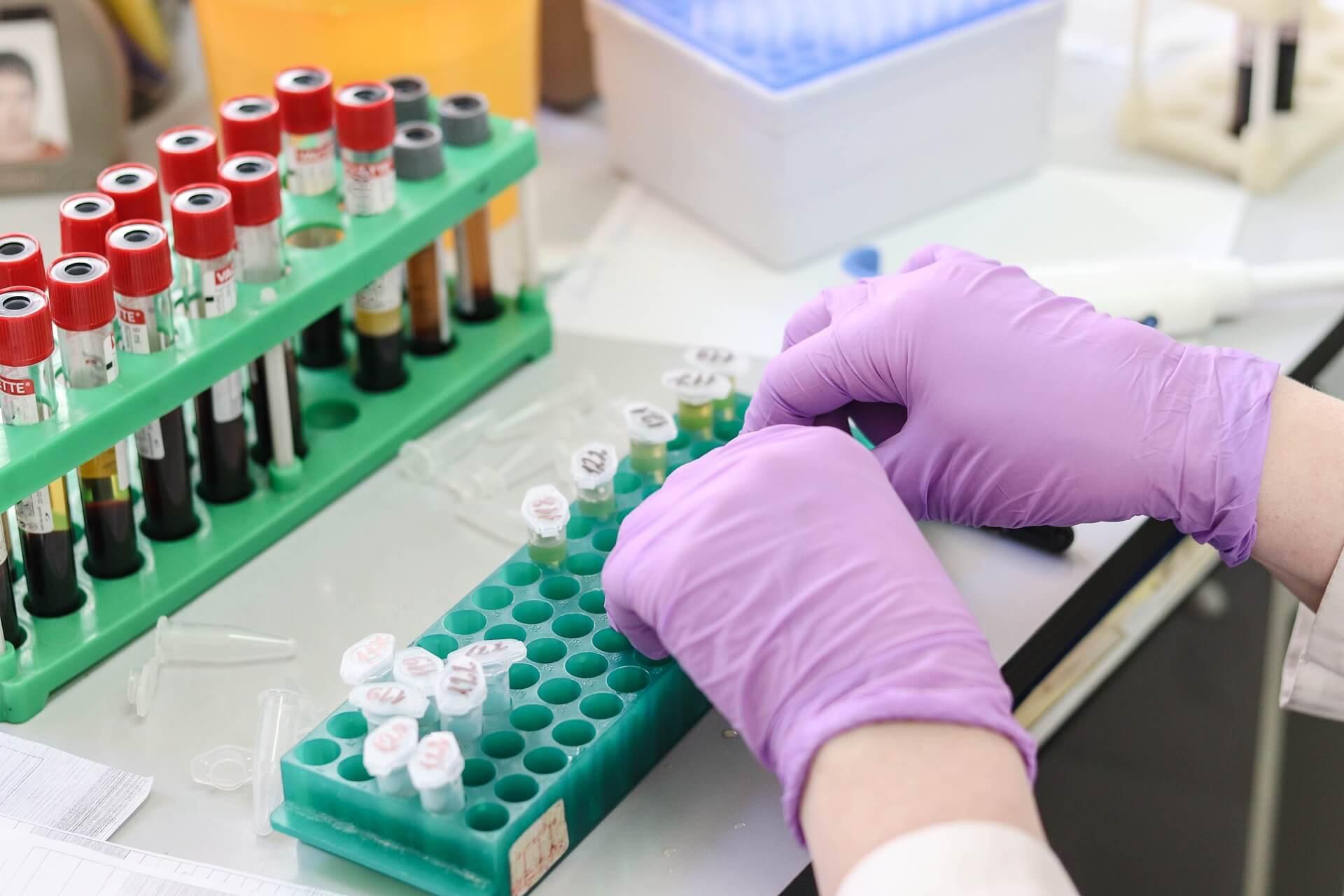In the rapidly evolving field of drug delivery, lipid nanoparticles (LNPs) have emerged as a formidable tool to enhance the therapeutic efficacy and safety of various pharmacological treatments. These microscopic carriers, typically ranging in size from 10 to 1000 nanometers, have shown immense potential in overcoming the limitations of traditional drug delivery systems. LNPs are primarily composed of biocompatible lipids, making them an ideal candidate for transporting a wide range of pharmaceutical agents, including small molecules, nucleic acids, and proteins.
The Structure and Dynamics of Lipid Nanoparticles for Drug Delivery
Lipid nanoparticles can be broadly categorized into two types: solid lipid nanoparticles (SLNs) and nanostructured lipid carriers (NLCs). SLNs are made entirely of solid lipids, whereas NLCs contain a mixture of solid and liquid lipids. This structural distinction provides NLCs with a higher loading capacity and improved release profiles compared to SLNs.
LNPs typically consist of a lipid core surrounded by a monolayer of phospholipids. The lipid core acts as a reservoir for the drug, while the phospholipid monolayer stabilizes the nanoparticle and aids in its interaction with biological membranes. Additionally, polyethylene glycol (PEG) can be attached to the surface to enhance the nanoparticles' circulation time by evading recognition and clearance by the immune system.
Advantages of Lipid Nanoparticles
Targeted Delivery: LNPs can be engineered to target specific tissues or cells, thereby increasing the concentration of the drug at the site of action and minimizing systemic side effects. This is particularly beneficial for cancer therapy, where high doses of cytotoxic drugs can cause significant harm to healthy tissues.
Improved Bioavailability: Many therapeutic agents suffer from poor solubility and stability in physiological conditions. Encapsulation within LNPs can protect these drugs from degradation and enhance their solubility, thereby improving bioavailability and therapeutic efficacy.
Controlled Release: LNPs can be designed to release their payload in a controlled manner, ensuring a sustained therapeutic effect and reducing the frequency of drug administration.
Versatility: LNPs are highly versatile and can be used to deliver a broad range of therapeutic agents, including hydrophilic and hydrophobic drugs, peptides, proteins, and genetic material like mRNA and siRNA.
Application in COVID-19 Vaccines
One of the most groundbreaking applications of lipid nanoparticles has been in the development of mRNA vaccines for COVID-19. Moderna and Pfizer-BioNTech utilized LNPs to encapsulate and deliver the mRNA encoding the SARS-CoV-2 spike protein. The success of these vaccines has not only highlighted the potential of LNPs in vaccine delivery but also paved the way for their use in developing vaccines for other infectious diseases.
Challenges and Future Directions
Despite their advantages, LNPs face several challenges that need to be addressed to fully realize their potential in drug delivery. Manufacturing LNPs at scale with consistent quality and performance remains a significant hurdle. Additionally, while LNPs are generally considered safe, there can be concerns related to their long-term biocompatibility and potential for eliciting immune responses.
Future research is likely to focus on optimizing the formulation and manufacturing processes to enhance the stability and scalability of LNPs. Advances in nanotechnology and biomedical engineering could also lead to the development of next-generation LNPs with even greater precision in targeting and drug release capabilities.
Conclusion
Lipid nanoparticles represent a significant advancement in the field of drug delivery, offering a plethora of benefits over conventional delivery systems. Their ability to enhance the solubility, stability, and bioavailability of therapeutic agents, while providing targeted and controlled release, makes them a valuable tool in modern medicine. As research continues to address the existing challenges, LNPs have the potential to transform the treatment landscape for a variety of diseases, heralding a new era in personalized and precision medicine.



